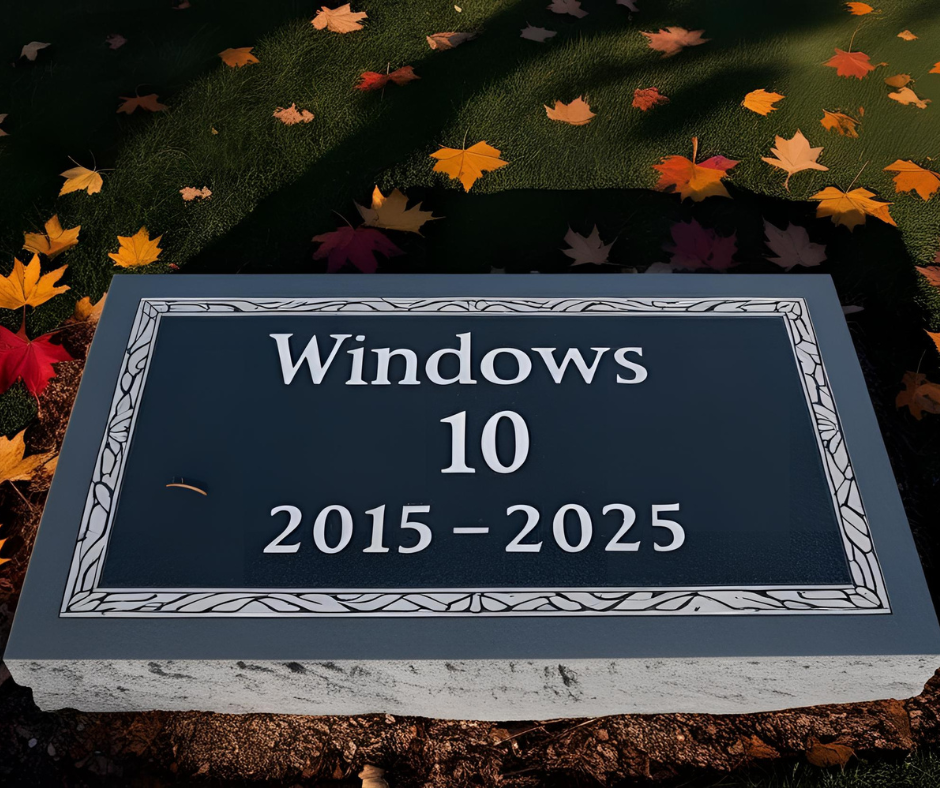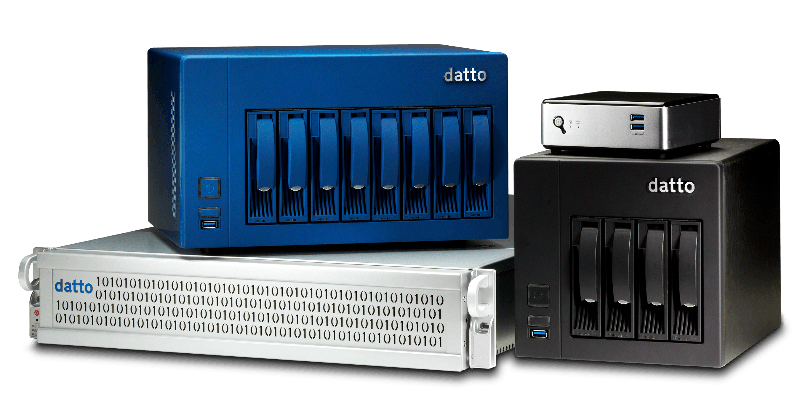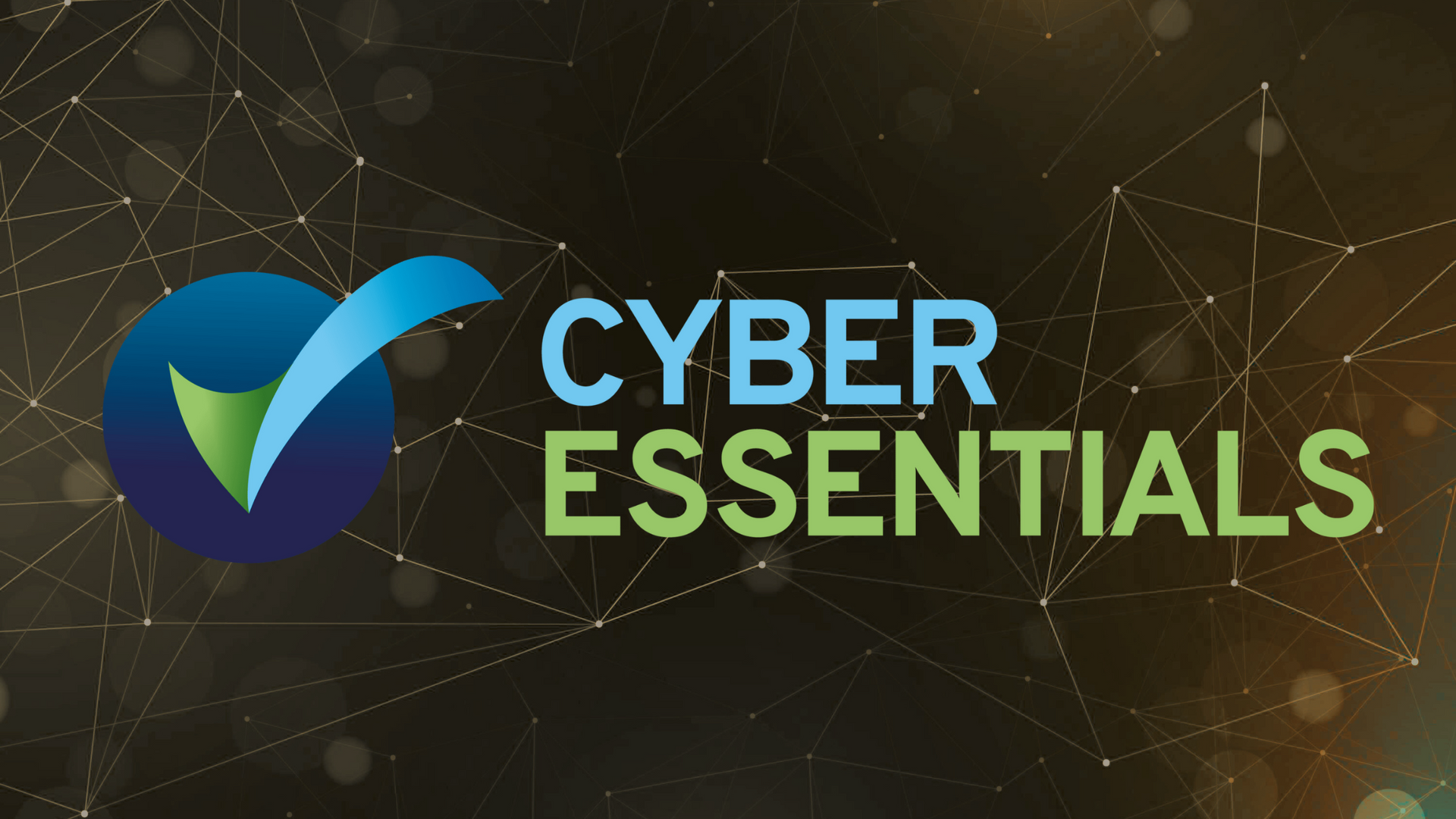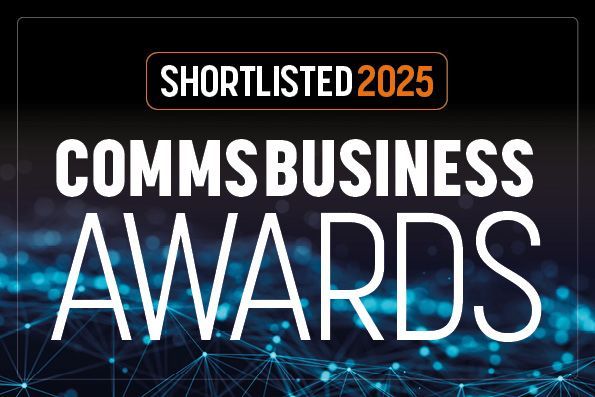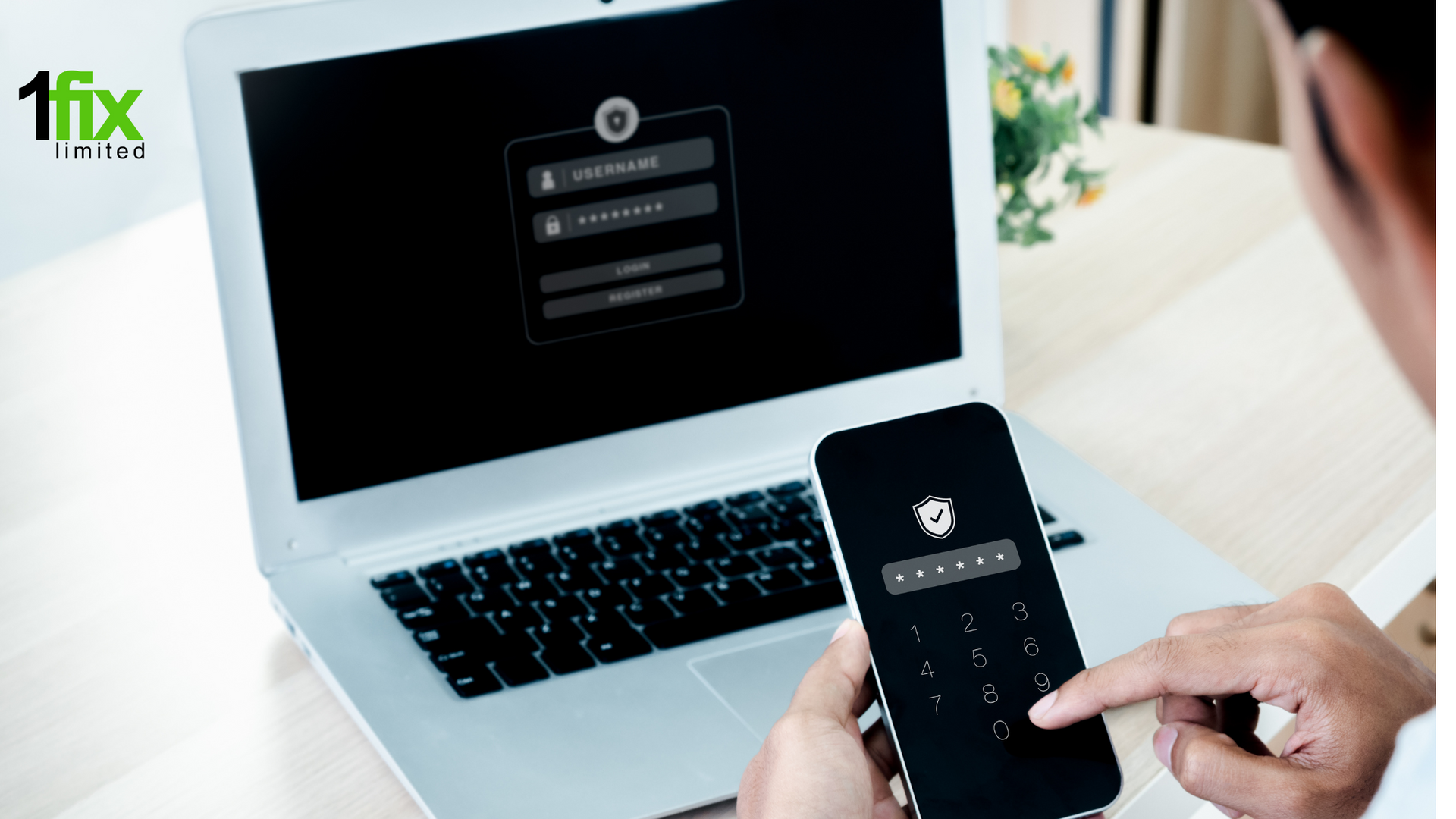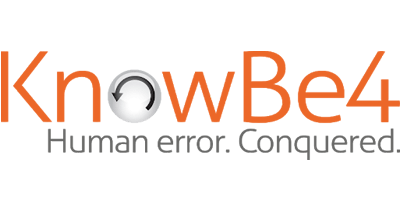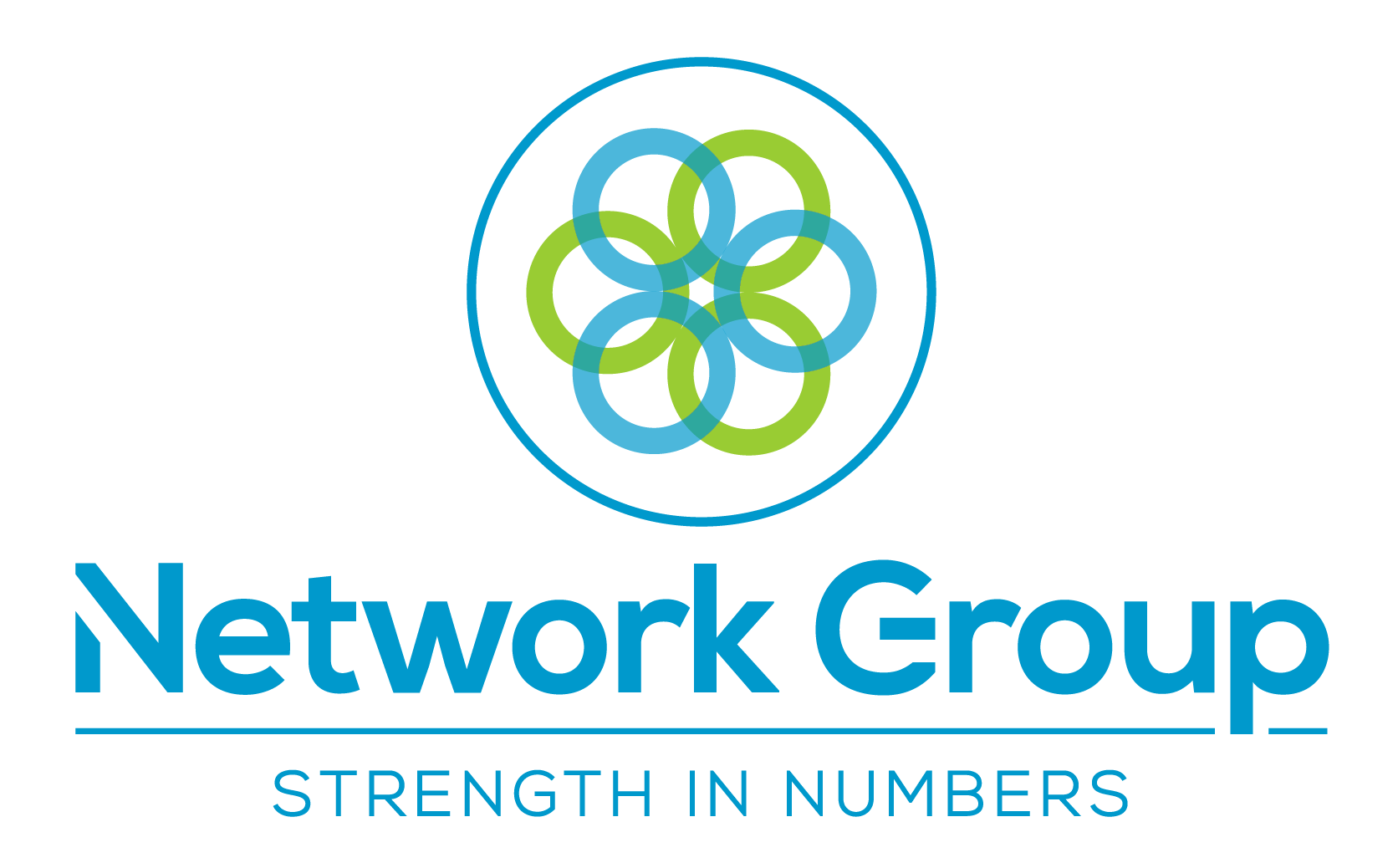Think disaster recovery is expensive? Think again!
This is a subtitle for your new post
The Datto appliance range.
It can be. Solutions built around products like Zerto and IBM’s TSM are fantastic, and are designed for use by major enterprise clients which means they tend to have a price tag to match.
We’ve spent time looking for options that are robust enough for us to rely on and recommend to our clients, but that also carry a price tag that we can justify without wincing. As such, we’ve settled on Datto as our provider of choice. Datto have a range of appliances that are designed to sit in your server room and quietly replicate your key servers. The appliances store a back-up of the server locally, and also stream it off to Datto’s cloud at pre-defined intervals. In the event of a disaster with the server(s), the Datto device can (depending on model) either virtualise the server on it’s own hardware or virtualise the server on the Datto cloud and manage the connectivity to the server. In the event of a complete disaster that also destroys the appliance, the last cloud image of the server can be bought alive on their cloud and end-user devices can be quickly configured to talk to this server from wherever they are. This provides the benefits of a single solution for both back-up and business continuity. Even better, the Datto system can have the virtual server up and running within a few minutes of a major disaster being reported, meaning that downtime is minimised. When the main server is repaired or replaced, the Datto unit can then be used to re-image the server, so no data is lost. We can’t divulge pricing here, but let’s just say that the 3 year cost of this solution would be more than covered by stopping just 1/2 hour of downtime for most clients we look after. When you factor in staff wages, loss of delivery capability and possible lost clients into your downtime cost calculations, the Datto solution is – in our opinion – a ‘no brainer’. Of course, a solution like Datto is just a part of the disaster recovery planning process. You should also consider things like your phone system, access to alternative workspaces, loss of staff members, as well as other things specific to your business. It’s something worth spending time getting right, as 80% of businesses affected by a major incident either never re-open, or close within 18 months. (Source, Axa)
New ParNeed a hand with your DR plans?
Enter your email address or phone number below and we'll get one of our team to help you with your disaster recovery planning.
Contact Us
Join Our Mailing List
All sign-ups are handled inline with our privacy policy and can unsubscribe at any time.
Recent Blogs
